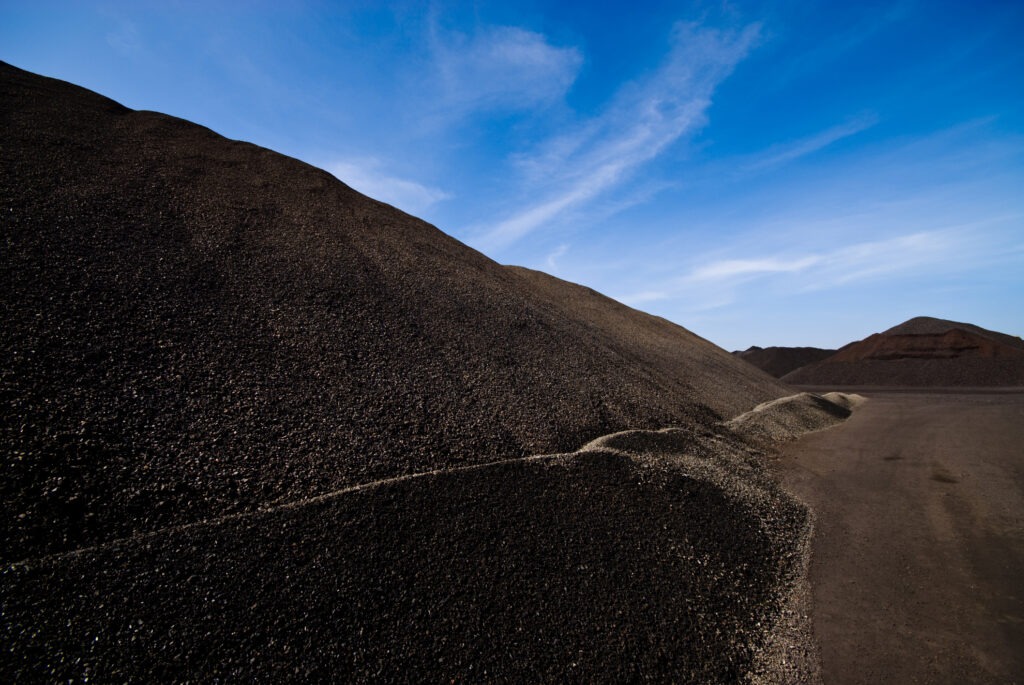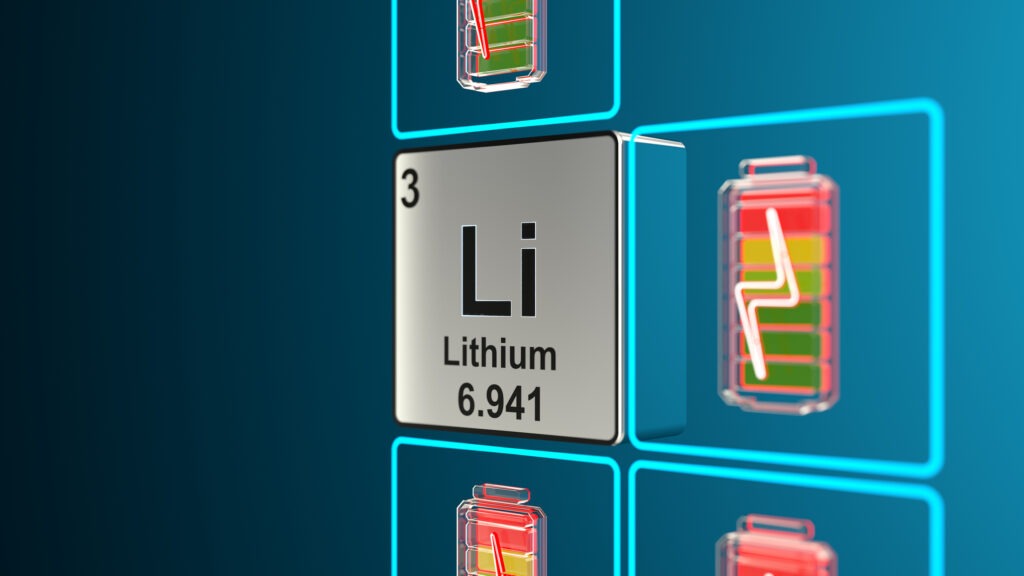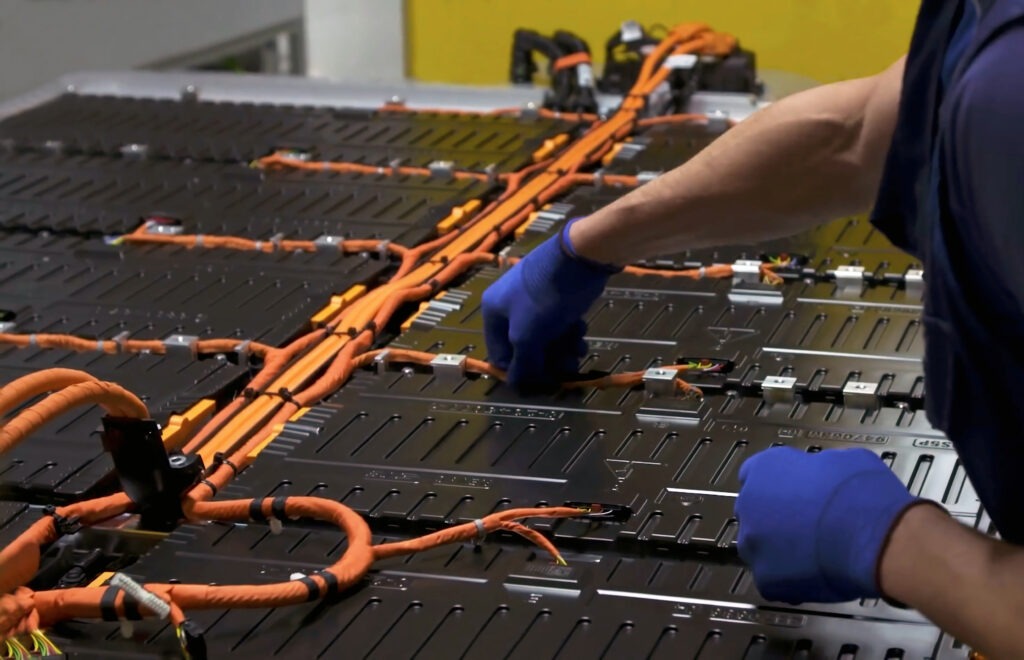‘Overlooked’ manganese of growing importance as EV battery material
16 January 2023

Manganese is not the first metal that springs to mind when thinking of electric-vehicle (EV) batteries. But the raw material is in high demand among car manufacturers, with automotive giant Stellantis recently signing a deal to secure access to the metal.
As part of the five-year agreement, Australian miner Element 25 will supply battery-grade, high-purity manganese sulphate monohydrate to Stellantis to be used in battery packs. Shipments will begin in 2026, including a total volume of 45 kilotons, with options to extend the supply term and volumes.
The deal is another example of how carmakers are ramping up efforts to ensure long-term supplies of critical raw materials needed to build electric vehicles. After all, global EV demand is expected to surge this decade as manufacturers, especially in Europe, prepare themselves for mass adoption.
Decarbonised EV battery materials
Stellantis expects 100% of its passenger-car sales in Europe to be battery-electric vehicles (BEV) by 2030. Meanwhile in the US, the company aims for 50% of its passenger-car and light-duty truck sales to be BEVs in that same timeframe.
The carmaker has been scouring the EV battery scene for suitable partners that can help it fulfil its electrification goals. Last year, it inked a deal with GME Resources, which will provide battery-grade nickel and cobalt sulphate to bolster the automotive manufacturer’s supply chain for EV battery production.
Stellantis, which ranks among the top three carmakers worldwide, also secured a supply of lithium by bagging a deal closer to home with German-Australian Vulcan Energy – a supplier promising to deliver ‘green lithium’ sourced in Europe.
The carmaker is eager to work with companies that provide decarbonised and low-emission battery raw materials. Australia-based Element 25 is the latest firm to join forces with Stellantis in this regard. The miner will source manganese from its Butcherbird project in Western Australia, with plans to build a processing facility in the US.
Element 25 managing director, Justin Brown, said the project in Australia would deliver more sustainable battery-grade manganese to the electric-vehicle industry. In Europe, the EU is eager to make EV batteries safer and more circular, as carmakers face the looming 2035 phase-out of new internal-combustion engine car sales.
Last month, the Council and the European Parliament struck a provisional agreement to introduce sustainability requirements for batteries from 2024. This will cover the carbon footprint, recycled content, performance, and durability of EV battery packs.
Stellantis’ deal with Element 25 will aid its efforts in this area. Last year, Element 25 partnered with supply chain traceability provider Circulor to make the supply network of manganese more transparent.
The cooperation aims to create full manganese traceability and tracking of CO2, as well as environmental, social and governance (ESG) standards for products from the Butcherbird project. It will also play an important role in Element 25’s strategy to produce zero-carbon manganese – which is element 25 on the periodic table, explaining the company’s brand name.
‘This is an important step in the delivery of our first production module which will combine Element 25’s innovative processing flowsheet and the high quality, ethically sourced manganese concentrate from our 100%-owned Butcherbird Project in Western Australia,’ Brown added.
Manganese ‘very promising’
While cobalt and lithium are among the metals commonly associated with EV battery packs, manganese is emerging as an increasingly vital material to the future of the EV industry.
Some go as far as describing it as the ‘mineral of the decade’ as it can be sourced more ethically compared to other metals. It is also cheaper to acquire than materials like cobalt. Additionally, the raw material is critical when it comes to ensuring EV battery safety.
Manganese is a stabilising component in the cathodes of nickel-manganese-cobalt lithium-ion batteries used in electric vehicles. The material increases energy density and hence improves driving range. At the same time, it decreases the combustibility of an EV battery pack.
The mineral is the 12th most abundant element, sourced primarily from South Africa, China, Australia, Brazil, India, and Gabon. It is commonly used in the steel industry, with materials and recycling company Umicore saying that around 90% of manganese is used for iron and stainless-steel production.
Umicore sees manganese-rich battery technologies as very promising, something the company made clear at its capital market day last year. Management board member, Ralf Kiessling, who is responsible for rechargeable battery materials at the company, spoke of an ‘emerging’ technology. He added that manganese-rich technologies have really gained attraction, with the company now cooperating with OEMs and cell makers.
Battery alternatives?
According to BloombergNEF, demand for manganese from the battery sector is expected to increase ninefold by 2030. Manufacturers are taking an interest in manganese because it is more affordable and could help lower battery costs.
At an event last year, Tesla CEO Elon Musk reiterated the potential for manganese-based batteries. Volkswagen has also hinted at the fact that manganese could play a more significant role in future battery cells.
Canada-based Manganese X Energy Corp believes the metal could disrupt the lithium-ion battery market as a viable alternative. Several research projects are in the works, exploring the potential to develop a manganese-based battery that could offer benefits such as higher energy density.
A shift to high manganese cathodes could help vehicle manufacturers meet EV volume production targets in the coming years. Making the most of manganese as an EV battery material seems to be on the agenda for many carmakers these days.
For Stellantis, securing a supply of the metal was not enough. The car giant will also make an equity investment in Element 25, a venture that it hopes will pay off in the long term.



